Vitus 979, Reborn
I've been biking to work on my "new" bike for a while now, and I've been intending to post about it for some time. Building a bike from scratch was a great learning experience, and I'd encourage anyone with a remote interest to check it out. I spent less than $400 total, a sum that I expect to make back in gas savings alone by the middle of 2008 (more on this will come in a later post).
I purchased most of my parts on eBay. I went with upper-middle tier Shimano parts from the mid-90s (the Shimano 600 line, which is now called "Ultegra"), since they're generally in excellent condition, function very well, and cost significantly less than newer parts. I built the drive train to match my rear wheel's gear set, which is 8-speed built on a Dura-Ace hub.
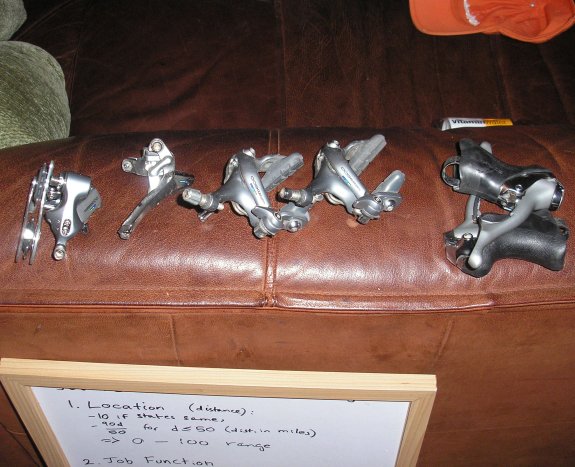
These parts were to be added to my "new" frame: a black Vitus 979. I had been riding a silver 979 that was 57cm for quite some time, always knowing that it was rather large for me—I'm roughly 5'6", but I have fairly long reach for my height. The 56cm frame was definitely causing strain on my ride (especially in my lower back muscles), so I replaced it the 50cm one pictured below.
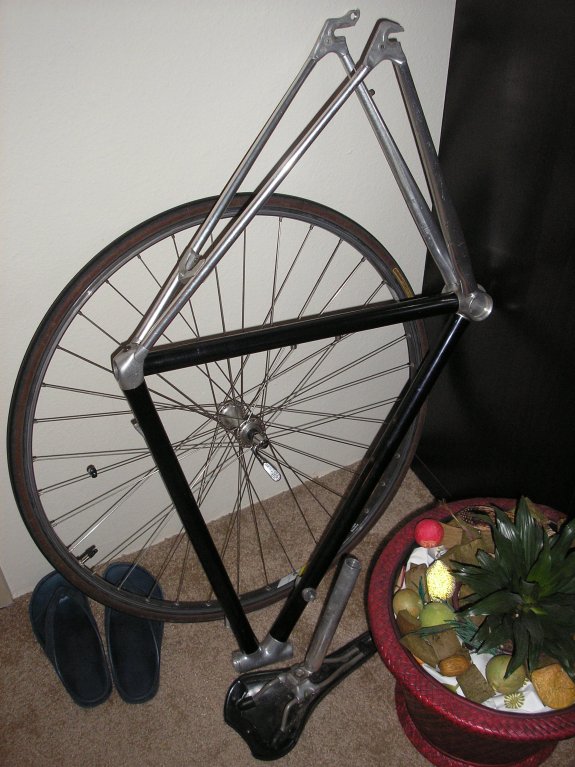
I had already completely replaced the drive train on the 56cm frame, so this task wasn't very daunting. What was most intimidating was the prospect of installing the headset and the bottom bracket.
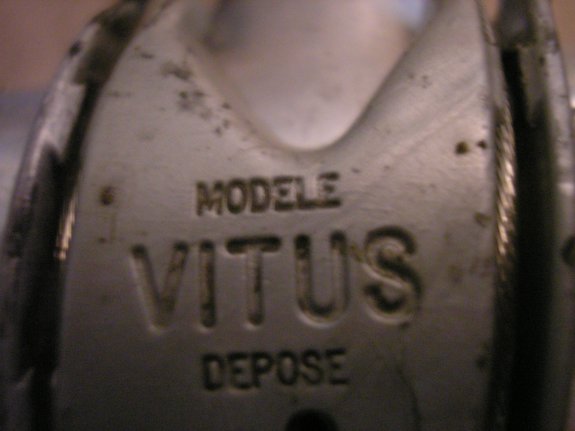
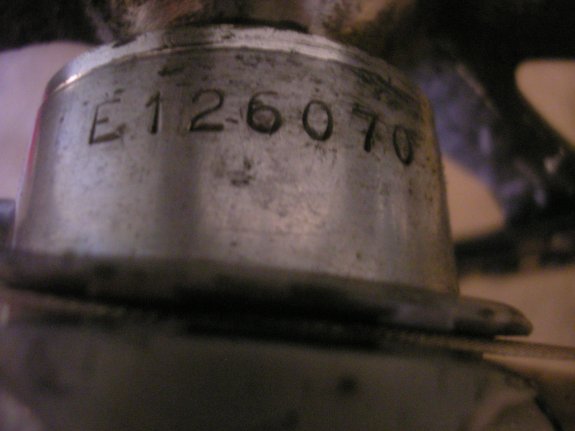
I tried installing a used Sugino bottom bracket that matched a set of cranks I had, but I could (once I got it mostly in) that it was really worn out. Spinning the cranks and feeling it grind made me reconsider, so I picked up a used Shimano bottom bracket from Recycled Cycles. This allowed me to purchase a more common bottom bracket tool, too, and its motion was incredibly smooth.
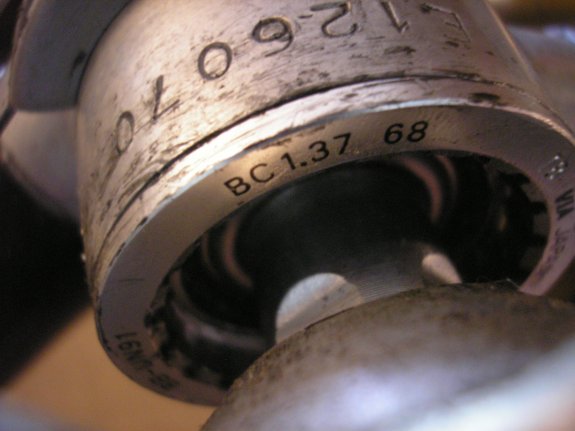
Once I finished the bottom bracket, I hooked up the drive train. The parts, though old, were barely used and worked together very smoothly.
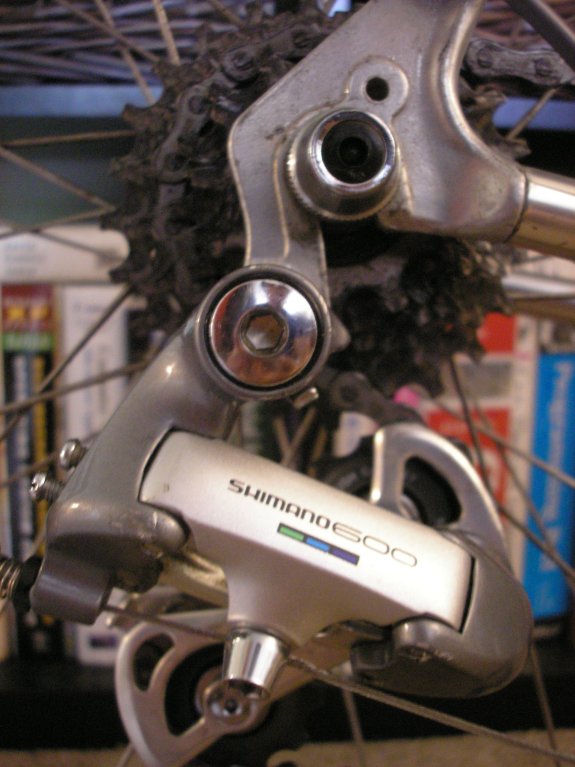
The Sugino cranks I had intended to use didn't fit the new bottom bracket very well, so I used a pair of SunTour Superbes that I had lying around. Their clearance from the frame is incredibly small, but that's the way things seem to go on Vitus frames. Fortunately, the bonded aluminum is incredibly stiff and there isn't enough flex while riding to cause the cranks to hit the chainstays.
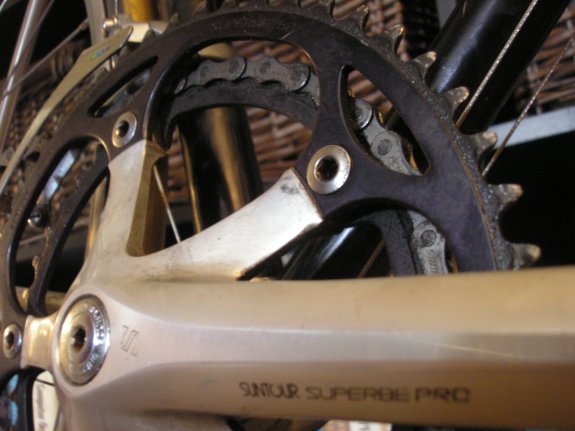
I then installed the brake system, the components of which were the first set of Shimano 600 parts that I had purchased. I bought them for the original 56cm frame, and since they worked incredibly well I didn't feel the need to replace them when changing frames.
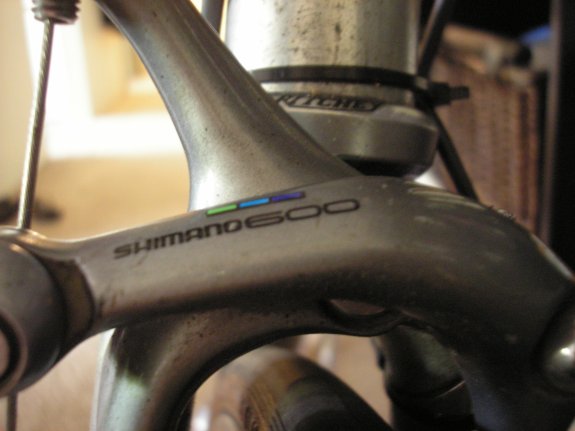
You can also see the Ritchey headset that I installed in the above picture; that was quite a process. The staff at Recycled Cycles tried to convince me to let them install it for me, stating that one absolutely needed to use a headset press (which are incredibly expensive) when installing a headset. I examined a few presses, and decided that I could do just as well with a hammer and a board—and I was quite right: my headset is still holding fast.
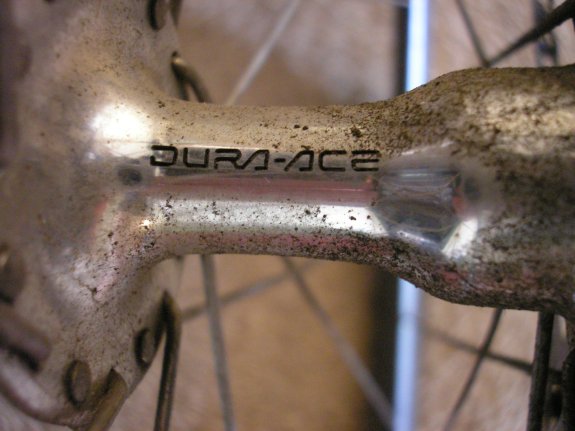
My wheelset is fairly old, too: two Campagnolo Omega Hardox wheels. The front has a Campagnolo Record hub, the rear a Shimano Dura-Ace hub. I bought myself a spoke key and have come pretty close to mastering the truing of these wheels. I used this tutorial on wheel truing the first few times, and now it's nearly second nature.
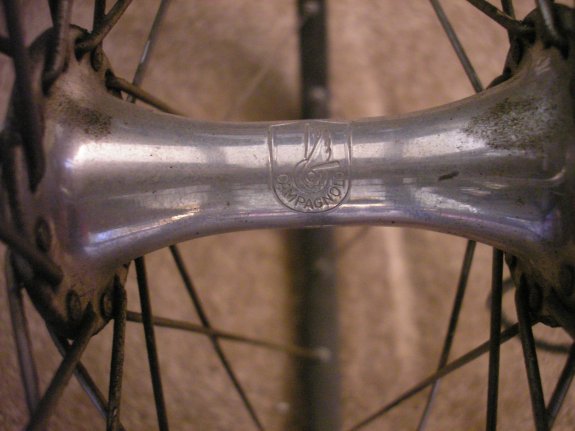
The only part on this bike that was actually "new" is the computer. Prior to riding this bike, I had never used a cycling computer; now, I don't think I could go back. It's extremely helpful to be able to see one's actual, average, and maximum speed while riding. Surprisingly, I've found that my body can't tell what pedaling cadence actually produces the fastest speed. I tend to gravitate towards a more difficult gear than I should be using, and I generally need to down shift to achieve maximum velocity. I've also been able to keep track of how my average trip speed has changed over weeks of rides, and it's really cool to see my improvement.
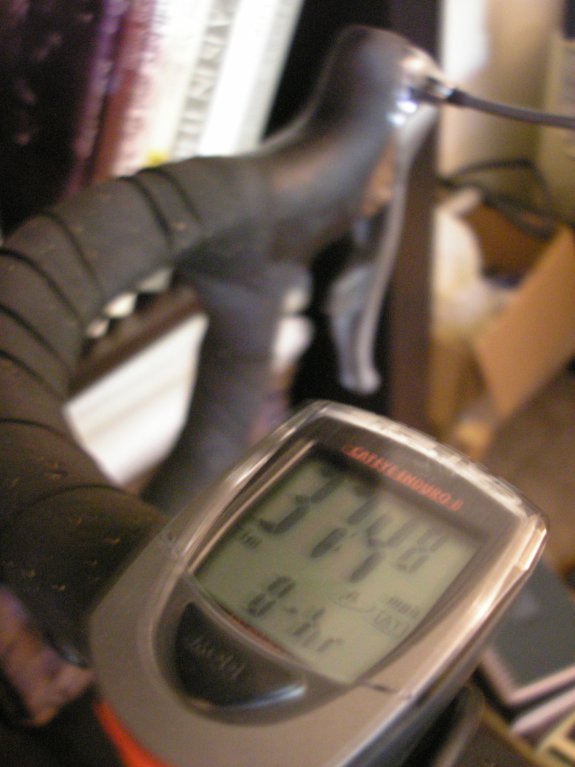
The finished product pleases me a lot.
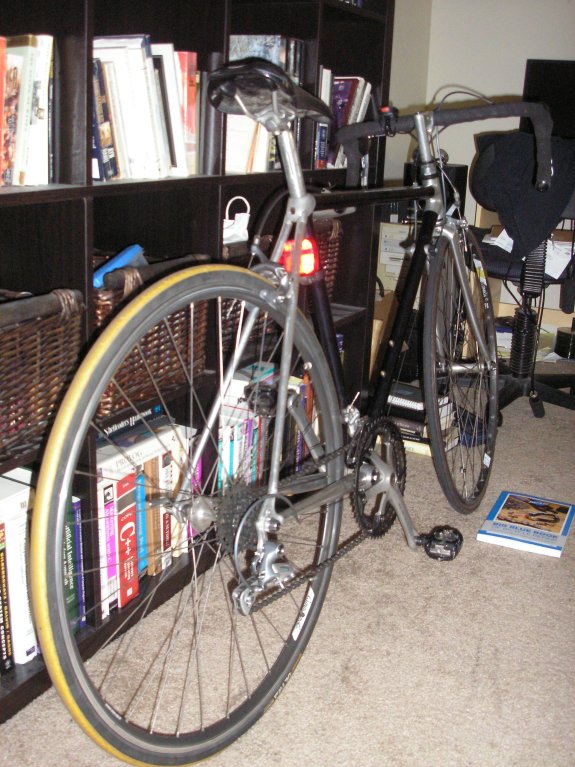
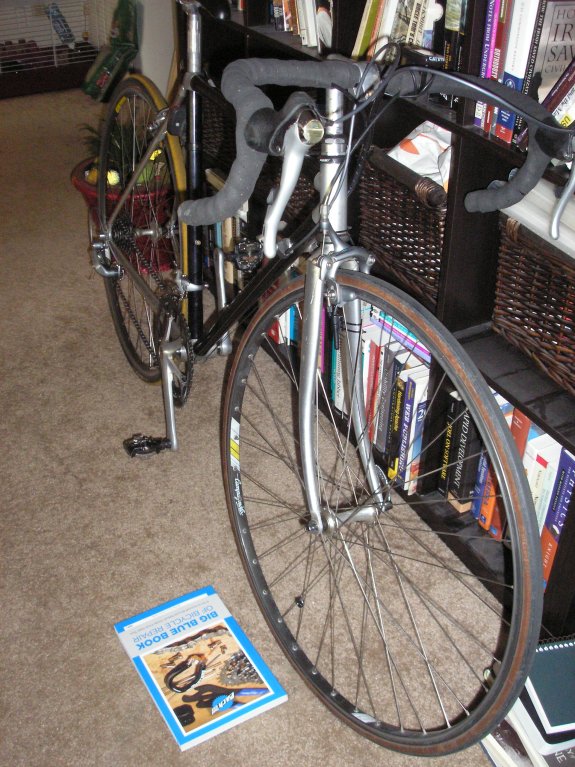
The next bit of work I plan on putting into this bike will involve purchasing new pedals and reworking the shifter and brake cabling. I plan on keeping this bike for a while, both for sentimental reasons and because it'll make a great rain bike. I'd love to buy a nice carbon fiber bike for summer riding, but I don't know that I can justify the cost yet.
[Update: Thanks to Grant for pointing out the ridiculous original sizes of my images. I've converted them to jpeg and sizes are much more reasonable.]
